Caffeine Strategy Without Jitters: A Calm, Confident Plan for AP Test Days
Walk into an AP exam feeling sharp, steady, and ready — not wired, shaky, or scanning the clock. That’s the goal. For many students, caffeine is a reliable ally: it sharpens attention, trims reaction time, and helps push through sleepy afternoons. But used poorly, it becomes a saboteur — racing heart, sweaty palms, and a foggy mind. This guide gives you a practical, humane caffeine strategy designed for AP students: clear rules for timing and dosing, how to pair caffeine with food and sleep, alternatives for sensitive folks, and simple recovery tactics if things go sideways on test day.

Why a caffeine strategy matters for AP students
AP exams demand sustained concentration, critical thinking, and the ability to recall and apply material under time pressure. Caffeine can help by temporarily improving alertness, elevating mood, and enhancing short-term memory retrieval. But its effects are dose- and timing-sensitive. A good strategy helps you get the upside (focus, clarity) and avoid the downside (jitters, anxiety, energy crashes).
Think of caffeine like a tool in a toolbox. Used right, it’s precise; used recklessly, it damages the work. Your goal is to make caffeine predictable so it supports your exam performance instead of undermining it.
Who should read this
- AP students who rely on coffee, soda, or energy drinks during study sessions or on test day.
- Students sensitive to caffeine who want to enjoy benefits without unpleasant side effects.
- Anyone building a test-day routine that includes nutrition, sleep, and study pacing.
Basic principles: Safe, effective, and sustainable
Before diving into specifics, hold a few simple principles in mind. They’ll help your choices be consistent and effective.
- Moderation over extremes. Huge doses don’t equal better focus; they usually mean worse outcomes.
- Consistency beats experimentation on test day. Try new beverages, doses, or timing only during practice tests—not on the AP exam morning.
- Context matters. Food, hydration, sleep, and stress all change how caffeine feels.
- Listen to your body. Genetic sensitivity varies; tailor the plan to your reactions.
Common caffeine sources and a quick reality check
Different drinks deliver different amounts of caffeine and behave differently when combined with sugar or carbonation.
- Black coffee: concentrated caffeine with virtually no sugar unless you add it.
- Tea (black/green): lower caffeine and contains L-theanine, which can smooth the experience.
- Colas and other sodas: moderate caffeine plus sugar or artificial sweeteners that can cause quick blood sugar rises and crashes.
- Energy drinks: often high in caffeine and sugar; effects can be intense and unpredictable.
- Specialty coffee drinks: high volume plus milk and sugar, increasing calories and stomach fullness.
Timing: When to consume caffeine for peak exam performance
Timing governs whether caffeine arrives as a welcome boost or an anxious wave. The general pharmacological timeline to keep in mind: caffeine is absorbed quickly, peaks in the blood around 30–90 minutes, and its half-life (the time for half of it to leave your system) varies between about 3–6 hours for most people. That means a dose you take early in the morning will still be active late in the day for many students.
Test-day timing strategy
- Take your main caffeine dose about 45–60 minutes before your exam start time to align the peak with the early part of the test.
- A small, second micro-dose (10–20 mg of caffeine) 90–120 minutes into a long exam can refresh attention without causing a big spike — but only if you tolerate caffeine well and it’s been tested in practice.
- Avoid large doses within 3–4 hours of bedtime the night before, especially during exam week, to preserve sleep quality.
How much caffeine is enough (and safe)
Exact sensitivity varies, but here are friendly, practical ranges that many students find useful.
- Light dose: 30–50 mg — gentle lift (about 6–8 oz green tea or a small cup of weak coffee).
- Moderate dose: 80–120 mg — noticeable alertness without heavy activation (typical 8–12 oz brewed coffee ranges widely in caffeine; a standard brewed cup often lands around 80–120 mg).
- High dose: 150–300+ mg — strong wakefulness but increased jitter risk, especially without food or for sensitive individuals.
For most high-school students aiming to avoid side effects, staying in the 50–150 mg window on test day is a balanced approach. Larger doses increase anxiety and the chance of stomach upset, and they can impair fine motor control and clear thinking.
Practical portion guide (approximate amounts)
| Source | Typical Caffeine | Notes |
|---|---|---|
| Green Tea (8 oz) | 30–50 mg | Smooth focus; contains L-theanine. |
| Brewed Coffee (8 oz) | 80–120 mg | Varies by brew strength; strongest predictable boost. |
| Espresso Shot (1 oz) | 60–80 mg | Small volume, concentrated kick. |
| Cola (12 oz) | 30–45 mg | Sugar can introduce crash risk. |
| Energy Drink (8–16 oz) | 80–200+ mg | Often high sugar; unpredictable for sensitive students. |
Food, hydration, and naps: combining them with caffeine
Caffeine behaves differently on a full stomach than on an empty one. Pairing it well with food and hydration stabilizes energy and reduces nervousness.
Smart pairings
- Combine caffeine with a light protein-and-fiber breakfast (e.g., Greek yogurt with fruit and a handful of nuts). This slows sugar spikes and keeps your energy steady during the exam.
- Avoid heavy, greasy meals right before a test; they can make you sluggish and increase stomach sensitivity to caffeine.
- Hydrate. Dehydration amplifies headaches and fatigue. A glass of water with your caffeine lowers the chance of an unpleasant cardiovascular reaction.
- If you feel a mid-afternoon dip during practice, try a 20-minute nap plus a small caffeine dose (a “caffeine nap” where you sleep briefly and let caffeine kick in as you wake can be powerful). But never nap in the hour before an exam — you risk waking groggy.
Strategies for caffeine-sensitive students
Not everyone tolerates caffeine. If you’re sensitive, the goal is to gain mental clarity without anxiety or sleep disruption.
- Favor tea (green or black) because natural L-theanine often produces a smoother focus with less jitteriness.
- Use lower doses (20–50 mg) and stretch them earlier in the morning.
- Consider non-caffeinated focus strategies: short high-intensity movement breaks, structured practice tests, and breathing exercises to manage test-day nerves.
When to avoid caffeine entirely
If you have medical conditions (e.g., certain heart issues, high anxiety, or are on medications that interact with caffeine), follow your healthcare provider’s advice. If caffeine regularly causes palpitations, tremors, or significant sleep problems, skip it on test day.
What to do if caffeine backfires on test day
Mistakes happen. Maybe you misjudged a strong coffee, or an energy drink hit harder than you expected. Here’s a small, practical recovery plan you can rely on:
- Pause and breathe. Controlled breathing (inhale 4 seconds, hold 2 seconds, exhale 6 seconds) lowers heart rate and reduces adrenaline.
- Hydrate with water and eat a small, complex-carb snack (e.g., a banana and a few almonds) to stabilize blood sugar.
- Shift tasks. If your hands are shaky, move from fine-motor tasks to conceptual problems until the symptoms subside.
- Use breathing and grounding techniques (press feet against the floor, focus on a 10-second sensory checklist) to refocus attention.
Practice makes perfect: testing your plan before the big day
The single best rule: don’t experiment with new caffeine drinks, doses, or routines on the AP exam day. Use practice tests and full-length timed study sessions to dial in what works.
A simple 4-week trial plan
- Week 1: Baseline — track your current caffeine intake, sleep patterns, and how you feel after study blocks.
- Week 2: Adjust dose and timing (move main dose to 45–60 minutes before high-focus tasks). Record performance and side effects.
- Week 3: Try pairing with different breakfasts and micro-naps to find the best combo.
- Week 4: Finalize a test-day routine and practice it during a full-length timed mock AP exam.
Record simple metrics during each session: concentration rating (1–10), jitter scale (1–10), and perceived performance. Over time patterns become obvious — you’ll know what reliably helps and what doesn’t.
Alternatives to caffeine for steady focus
Caffeine is effective, but it’s not the only way to sharpen your focus. These non-caffeine strategies are especially valuable for students who can’t or prefer not to use stimulants.
- Movement breaks: 5–10 minutes of light cardio increases blood flow to the brain and can beat a sugary pick-me-up.
- Breathing and mindfulness: short practices reset attention and lower anxiety before a test section.
- Light exposure: morning sunlight or bright indoor light helps align circadian rhythms and reduces sleepiness.
- Structured study techniques: active recall, spaced repetition, and practice under timed conditions heighten focus without stimulants.
How personalized tutoring can fit into your caffeine plan
Personalized tutoring isn’t just about content review — it’s about routines and strategies that fit who you are. Working with a 1-on-1 tutor can help you discover the right caffeine dose and timing through guided practice. Tutors can observe how your attention and anxiety change across study sessions and suggest tailored study plans, pacing strategies, and recovery tactics.
If you use hybrid tools, AI-driven insights from a tutoring platform can identify patterns (for example: you get jittery after 150 mg of caffeine but perform best with 80 mg plus a protein snack). All of this makes test-day decisions easier and more reliable.
What a tutor can help you test
- Exact caffeine source and dose that supports sustained attention.
- Best pre-test meal and hydration schedule for your body.
- Timing of micro-breaks, naps, and caffeine micro-doses during long study blocks.
Real-world examples: two student profiles
Practical scenarios illustrate how different strategies can be tailored to the individual.
Case 1: Maya — the morning runner who needs a clear head
Maya wakes at 6:00 a.m., runs for 25 minutes, studies from 8:00–10:00 a.m., and has her AP exam at 12:00 p.m. She’s moderately tolerant of caffeine but dislikes jitters.
- Plan: Small green tea (30–40 mg) at 7:45 a.m., light breakfast (oatmeal + Greek yogurt), and a second small black coffee (60 mg) at 11:15 a.m. — 45 minutes before the exam starts. Hydrates throughout morning.
- Why it works: The L-theanine in green tea smooths the initial wake-up, the small coffee before the test raises alertness without overwhelming her system, and food prevents sugar dips.
Case 2: Jordan — the afternoon napper who studies late
Jordan studies from 4:00–8:00 p.m. and tends to feel a sleepy slump at 6:30 p.m. He prefers coffee but sometimes gets shaky.
- Plan: Light protein snack at 6:00 p.m., 20-minute power nap at 6:30 followed by an espresso shot when he wakes. During practice tests he tests a 60–80 mg dose post-nap to ensure it invigorates without causing heart palpitations later.
- Why it works: The nap reduces homeostatic sleep pressure; the post-nap caffeine capitalizes on the natural grogginess window but is limited enough to preserve nighttime sleep during exam week.
Checklist: Test-day caffeine and routine
Use this checklist in the 24 hours and the hour before your AP exam.
- 24 hours before: Avoid high late-afternoon caffeine. Prioritize sleep and hydration.
- Morning of: Have your usual breakfast that you tested during practice. Take your main caffeine dose 45–60 minutes before the exam.
- Bring: A small water bottle and a light snack approved by testing policies. Have a backup plan if a drink or snack upsets you — e.g., plain crackers.
- During the exam: If allowed and needed, a small, previously tested micro-dose can help during long sections; otherwise use breathing and movement during permitted breaks.
Final notes: Calm confidence beats frantic stimulation
Caffeine can be an effective tool for AP exams when used thoughtfully. The trick is to make it predictable: choose a dose, time it relative to the exam, pair it with food and hydration, and practice the routine under realistic conditions. If you’re working with a tutor or a personalized tutoring platform like Sparkl, lean on that guidance to fine-tune the plan. Tutors can provide structure, observe patterns in your study sessions, and help you integrate small, test-focused habits that boost results without adding stress.
On test day, your single most reliable allies are sleep, a calm mind, and a routine you trust. Let caffeine be a small, well-measured nudge that helps you access what you already know instead of a last-minute attempt to create energy from thin air. You’ve done the learning — now it’s about showing up with clarity and calm.
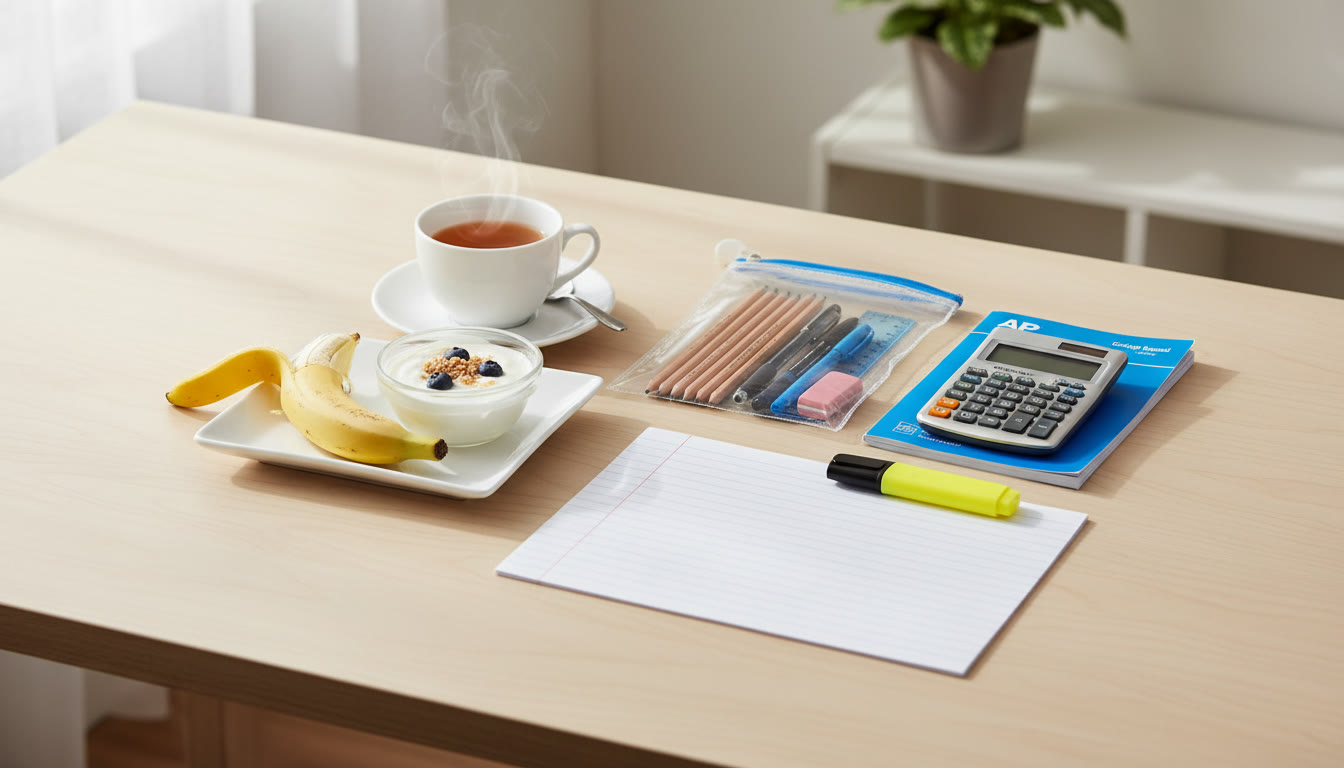
Quick reference: Sample routines by tolerance
| Tolerance | Morning Dose | Pre-Exam Timing | Snack/Meal | Backups |
|---|---|---|---|---|
| Low | Green tea (30–50 mg) | 60 min before | Protein yogurt + fruit | Hydrate, breathing techniques |
| Moderate | Brewed coffee (80–120 mg) | 45–60 min before | Oatmeal + nuts | Short walk, crackers |
| High | Small espresso (60–80 mg) or black coffee | 45 min before | Egg or nut butter toast | Hydration, slow breaths |
Parting thought
AP exams measure knowledge and reasoning, not who can out-caffeinate the room. A calm, tested caffeine plan helps you present your best thinking — steady hands, steady heart, steady mind. Try gentle experiments well before the exam, track results, and, if you can, bring a coach or a tutor into the loop to help you refine the plan. With intention and practice, caffeine becomes a quiet partner in performance, not a dramatic plot twist.
Good luck — you’ve got the knowledge, and now you’ve got the plan to show it off without the jitters.




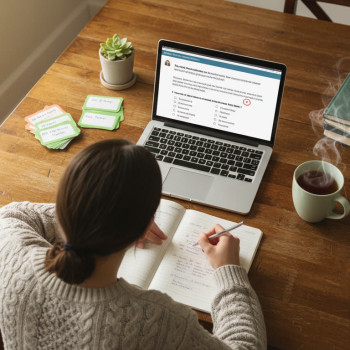



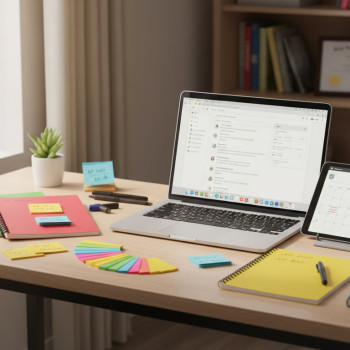
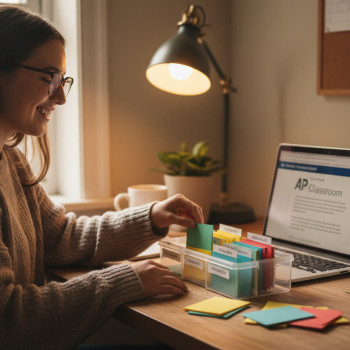
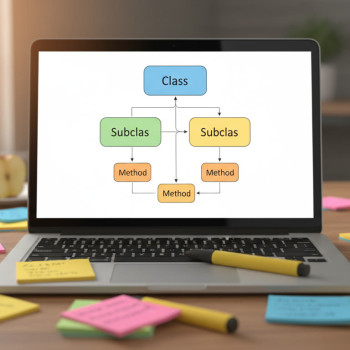









No Comments
Leave a comment Cancel